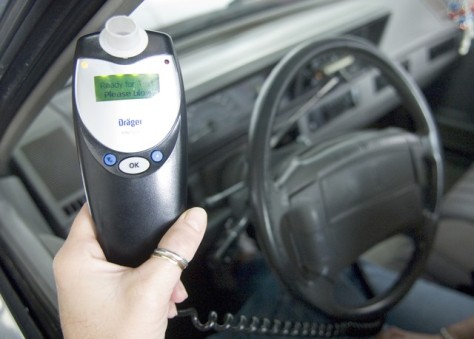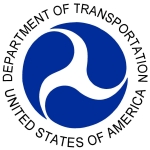 By Debbie Hersman
By Debbie Hersman
As I write this blog entry, there’s a lot of legislative activity at the state level where so much is decided that affects the quality of our lives—education, job creation, community services, and importantly for us at the NTSB—transportation safety.
Every state’s legislature will convene in 2013, with 43 state legislatures in session right now. We pay close attention to this since states are the recipients of many NTSB safety recommendations—measures that improve safety and save lives.
For example, 20 years ago the NTSB recommended graduated driver licensing, a three-stage driver-licensing system that reduces teen driver exposure to risk by restricting their nighttime driving and teen passengers. GDL laws are important because young, inexperienced drivers, especially 16-17 year-olds, are vastly over represented in fatal crashes. At the time of the NTSB recommendation, no state had a GDL system. Today, after intensive advocacy by a host of traffic safety organizations, all 50 states and the District of Columbia have some form of graduated driver licensing. NHTSA reports that GDL laws have led to a substantial decrease of crashes for young people, “anywhere between 20 and 50 percent.”
This year, there are a number of actions pending in the states that address NTSB recommendations and can make a huge difference in transportation safety. For one, a Georgia state senator recently introduced a bill to the Georgia legislature to require ignition interlock devices for all DUI offenders. These devices have proven to be effective in addressing impaired driving. In fact, last December the NTSB recommended the use of ignition interlocks for all offenders.
In another key traffic safety issue, ten states and the District of Columbia now prohibit all drivers from using handheld cell phones while driving. Our investigations have highlighted the deadliness of distraction across all transportation modes, which is why “Eliminate Distraction in Transportation” is on our Most Wanted List. It’s also why we will be advocating for states to enact legislation to ban all non-emergency use of cell phones and other portable electronic devices while driving.
Do you know what’s going on in your state to make transportation safer? The best way to influence change and save lives is to get involved. For more information on the NTSB’s priorities, see our MWL.




